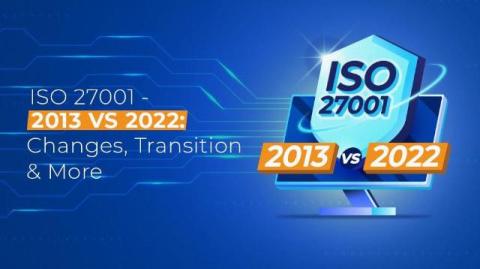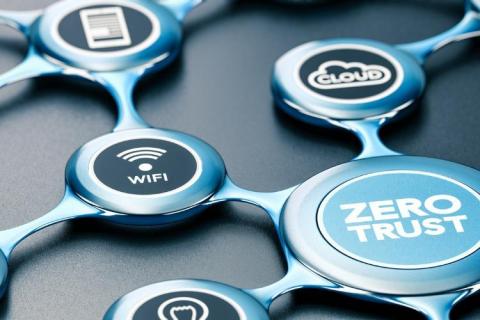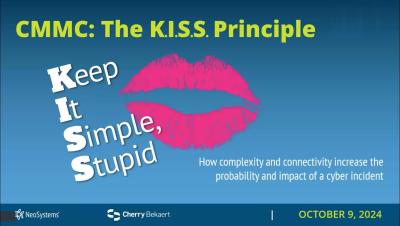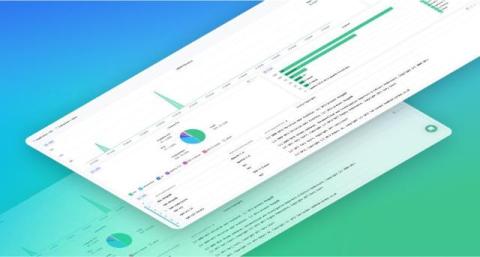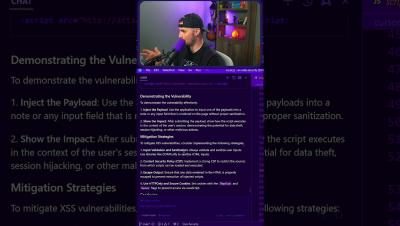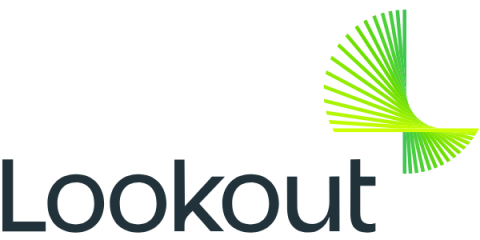Nucleus Security Positioned as a Growth Leader in Frost Radar: Application Security Posture Management, 2024
In September 2024, Frost & Sullivan released its Frost Radar: Application Security Posture Management (ASPM), 2024, highlighting the leaders in this rapidly growing market. We’re proud to be recognized as a top player, reflecting our strong growth and impact in the ASPM space. Our customers use Nucleus to achieve a comprehensive and unified application security posture.



